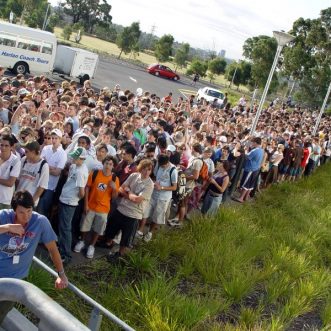
Seeing it through
Seeing a case or project through from beginning to end is very satisfying – both for the person doing it, and for the client on the other side.
But how do you achieve that when you need to be flexible in how you assign resources?
By having a clear, high-level process for handling cases, then making sure everyone knows how to run it, and that all the information needed to move that case forward is accessible to anyone who needs it at any time.
Most of the time, one person can handle the whole thing. But when that isn’t possible (due to holidays or illness, or scheduling constraints), the client needn’t feel the difference.
And you’ve just created a more empowering division of labour.








